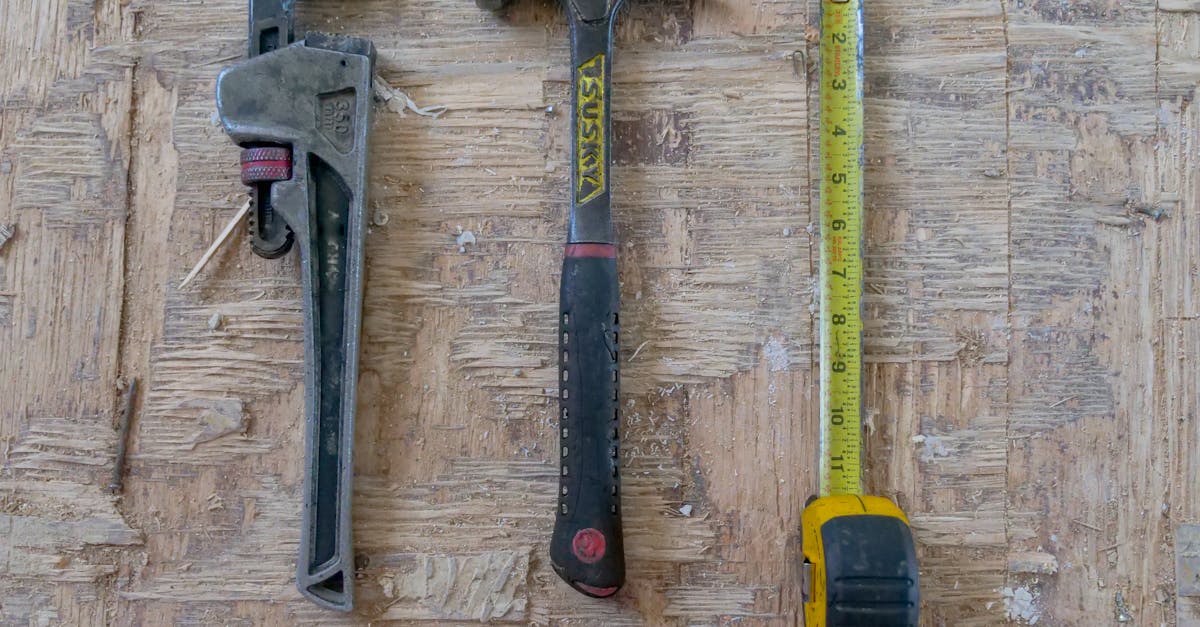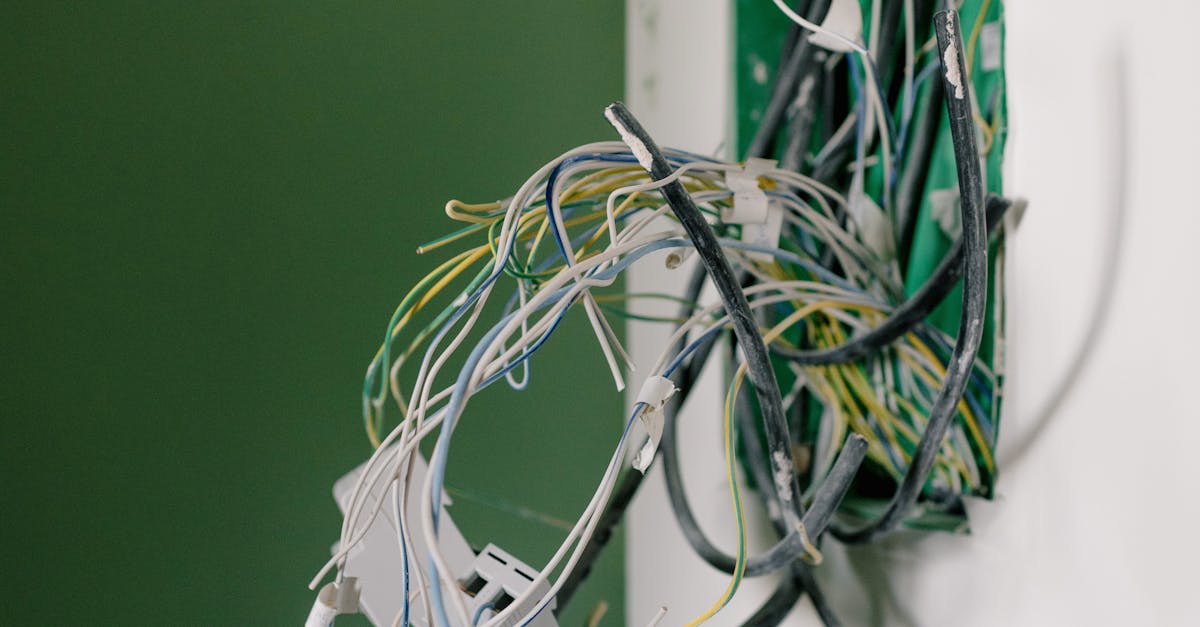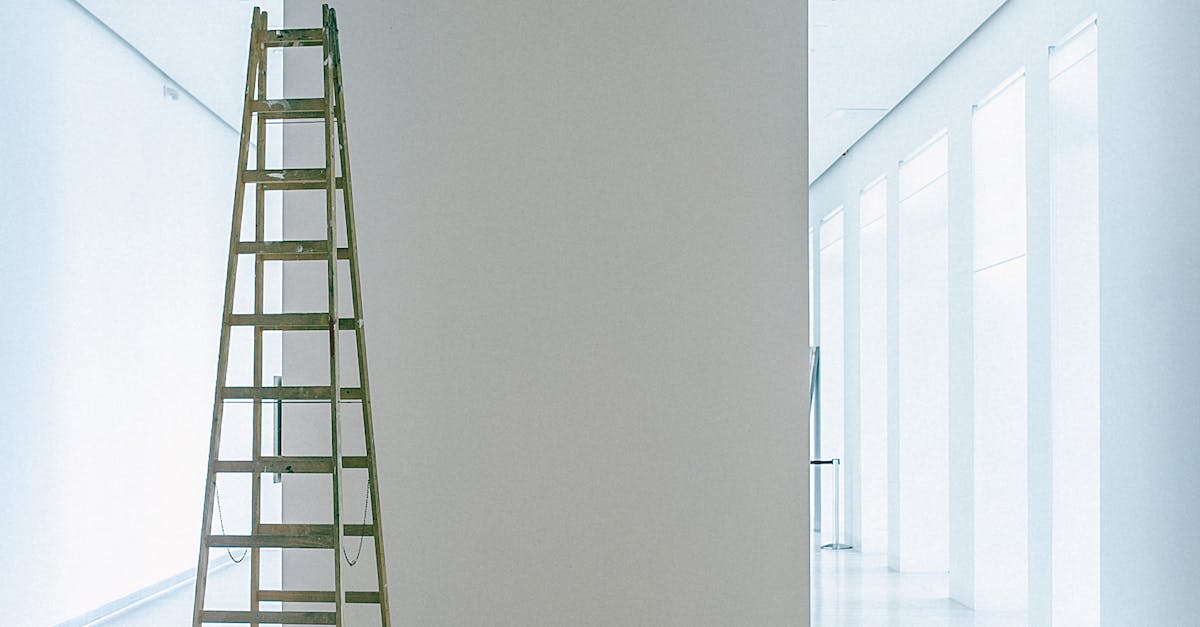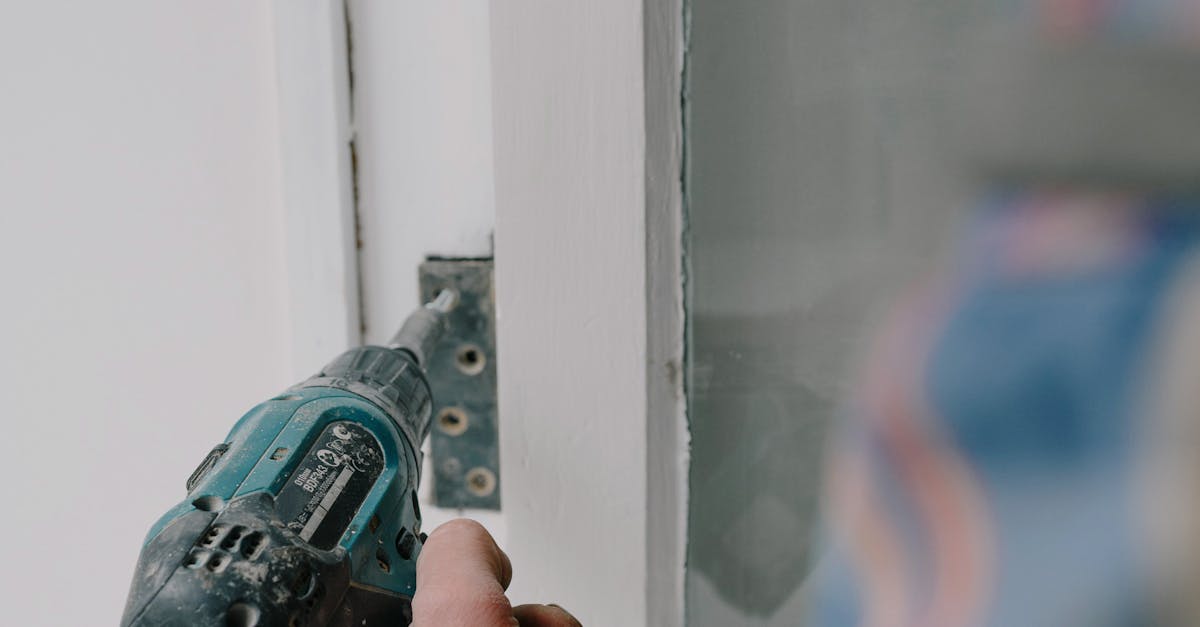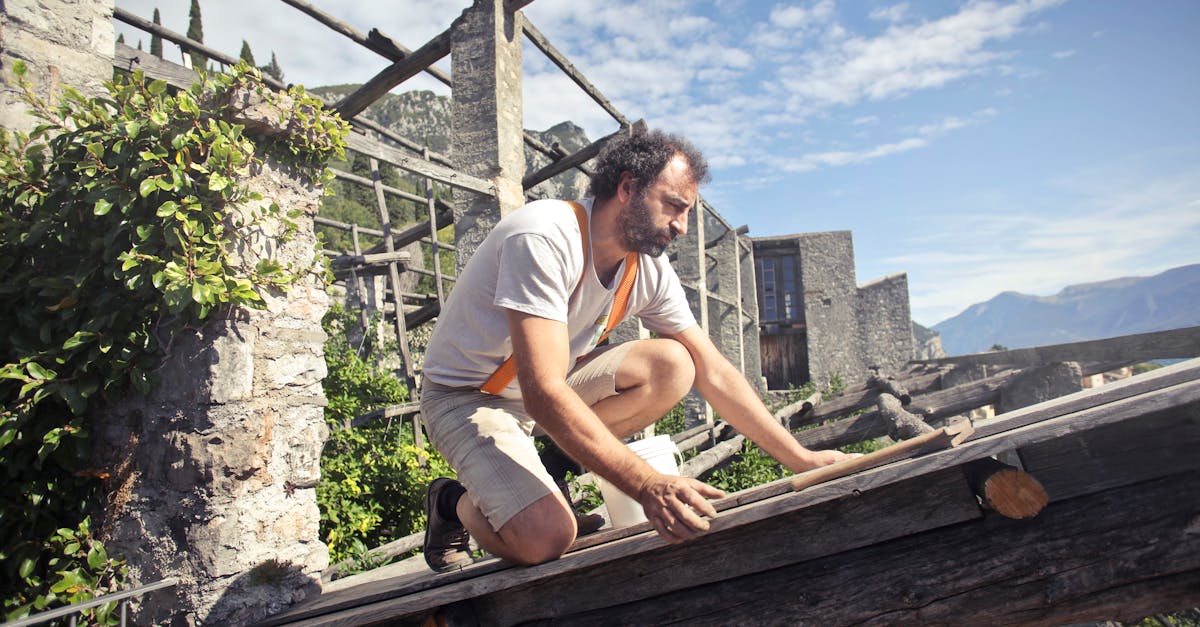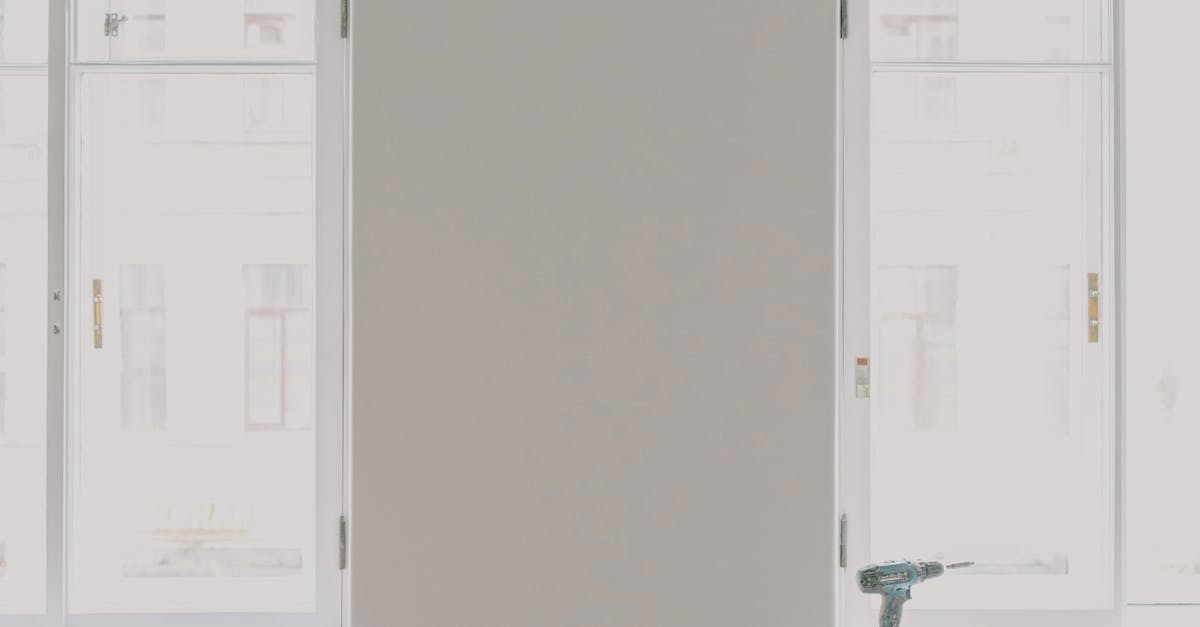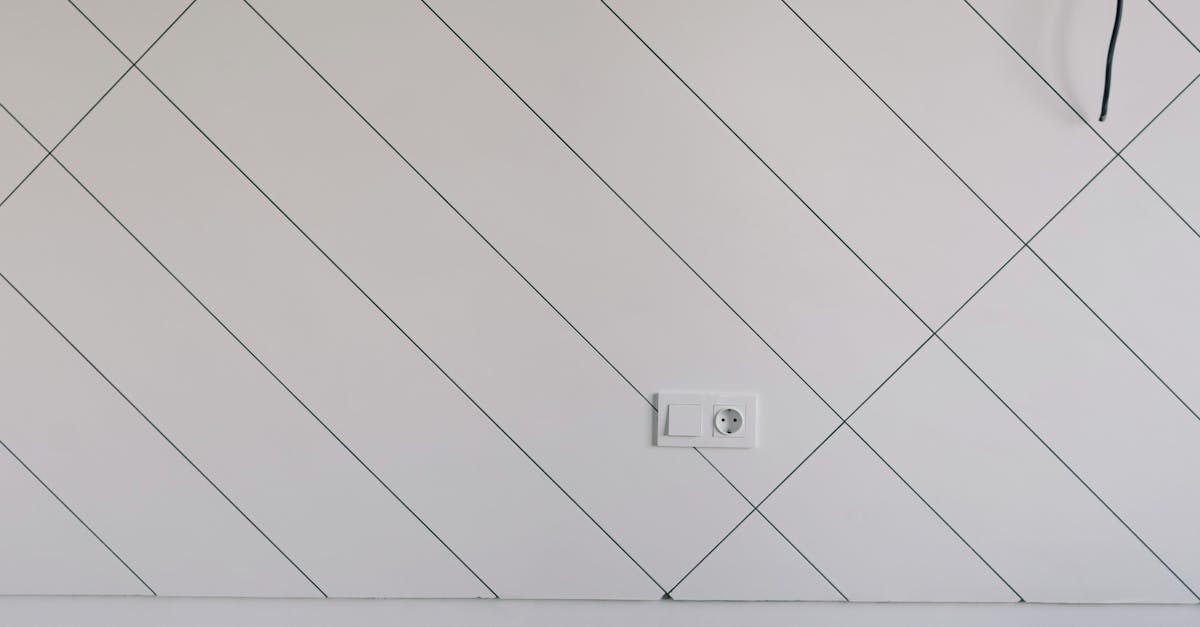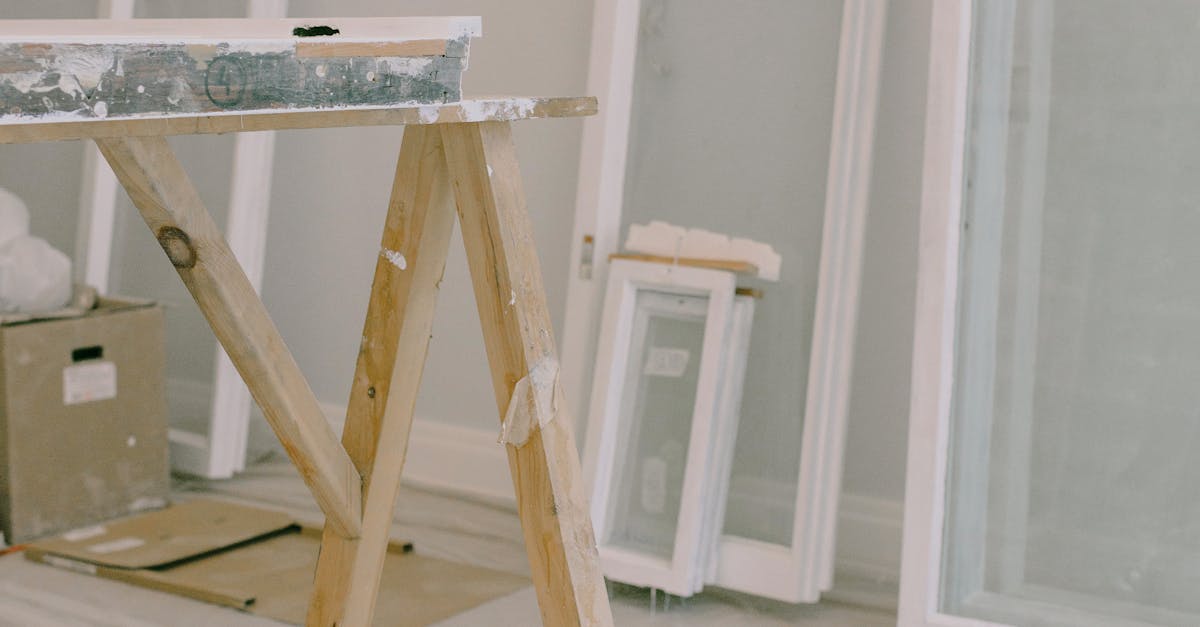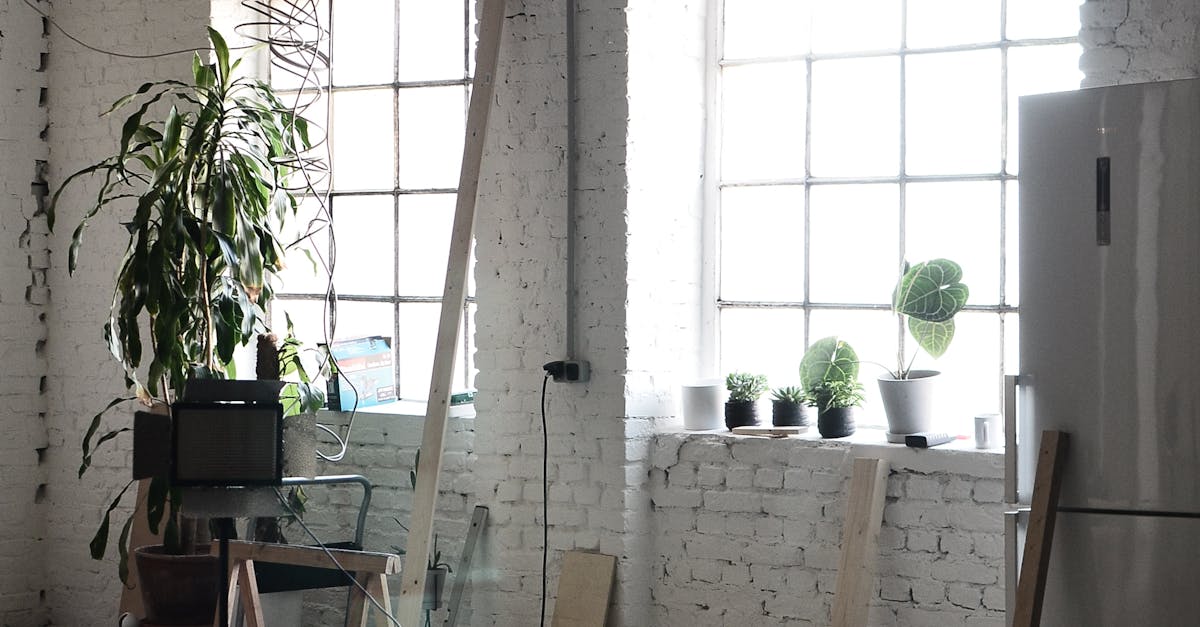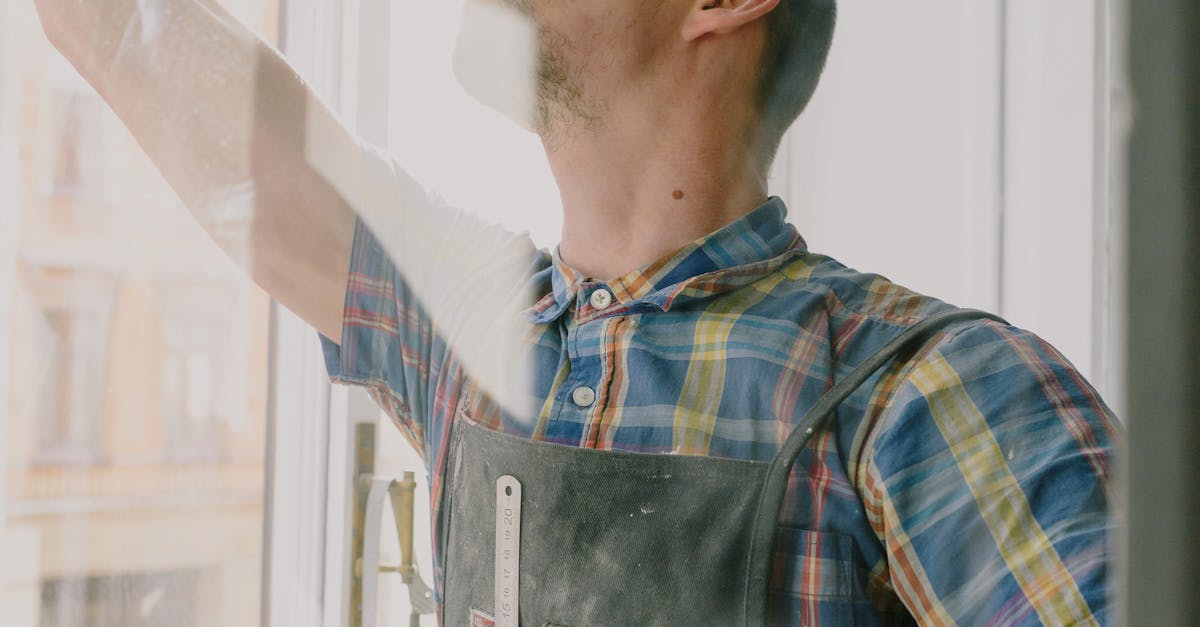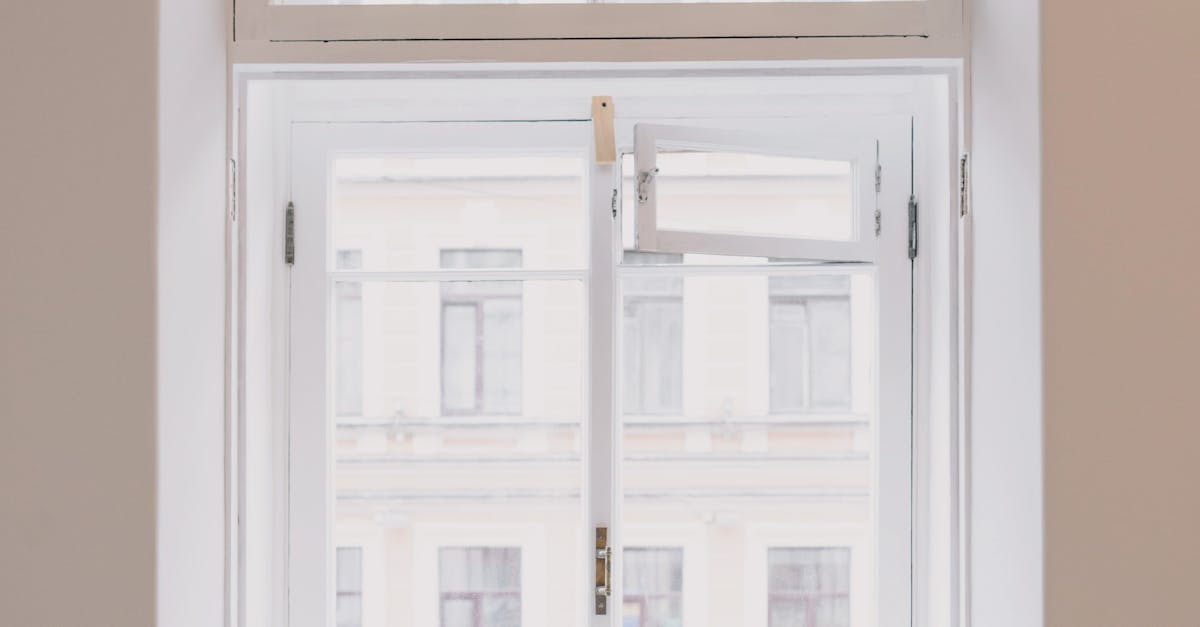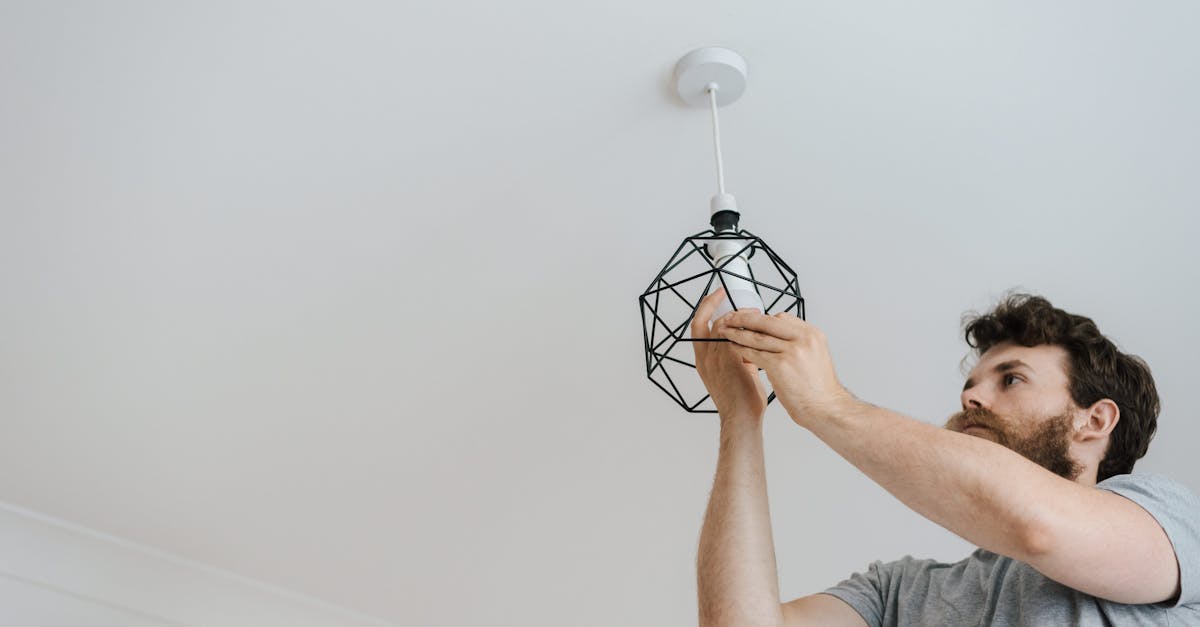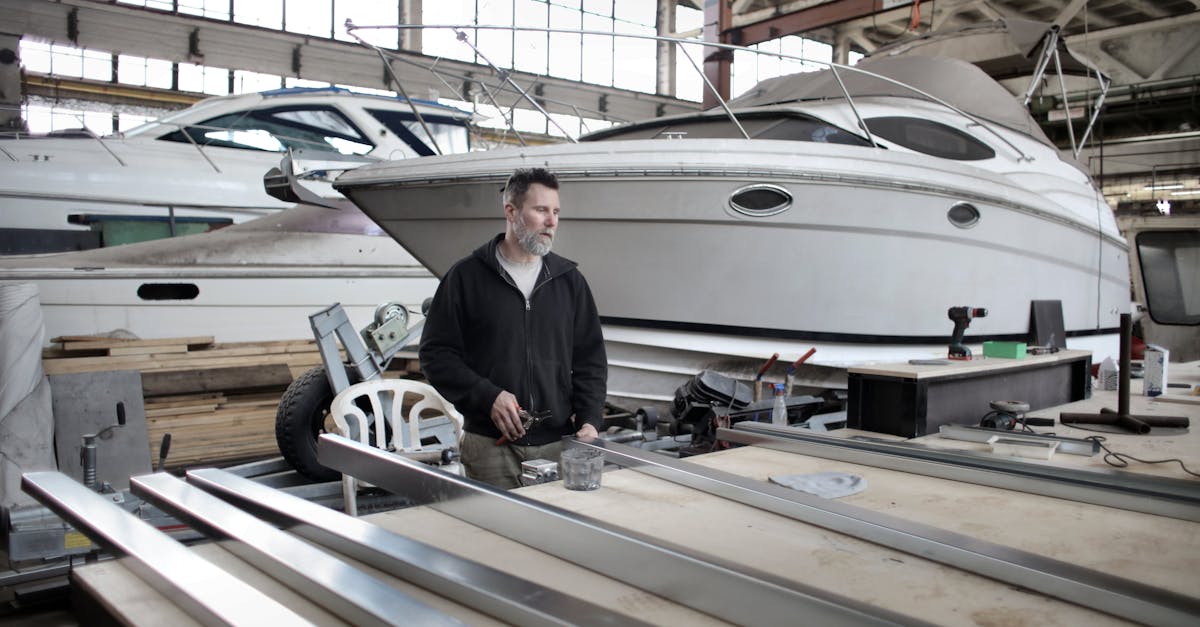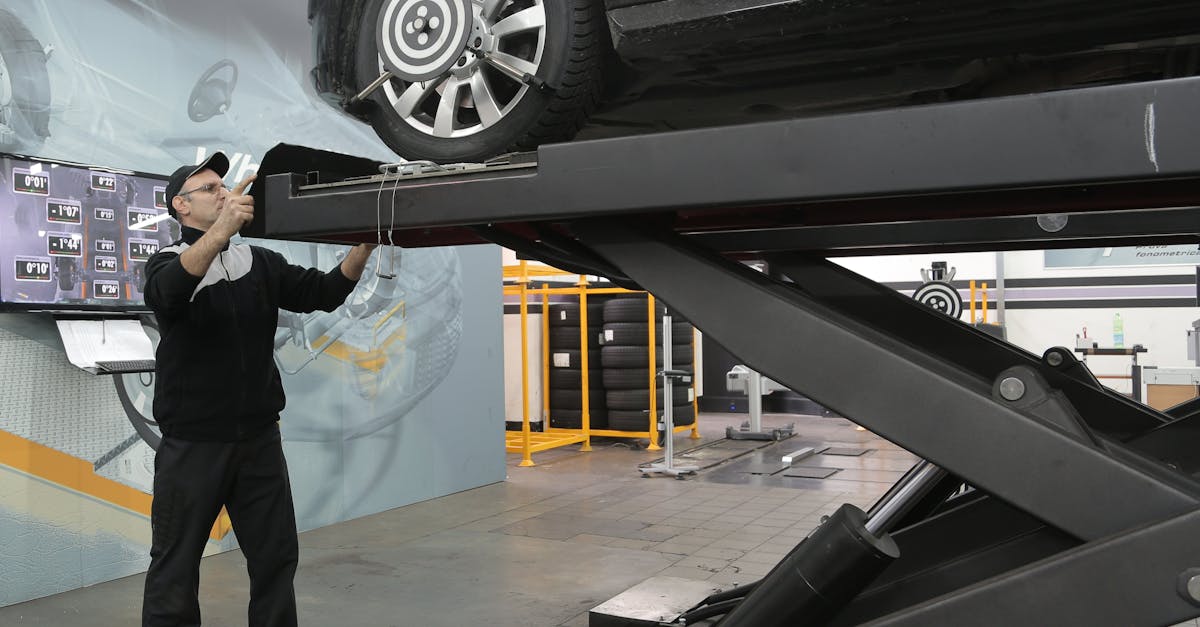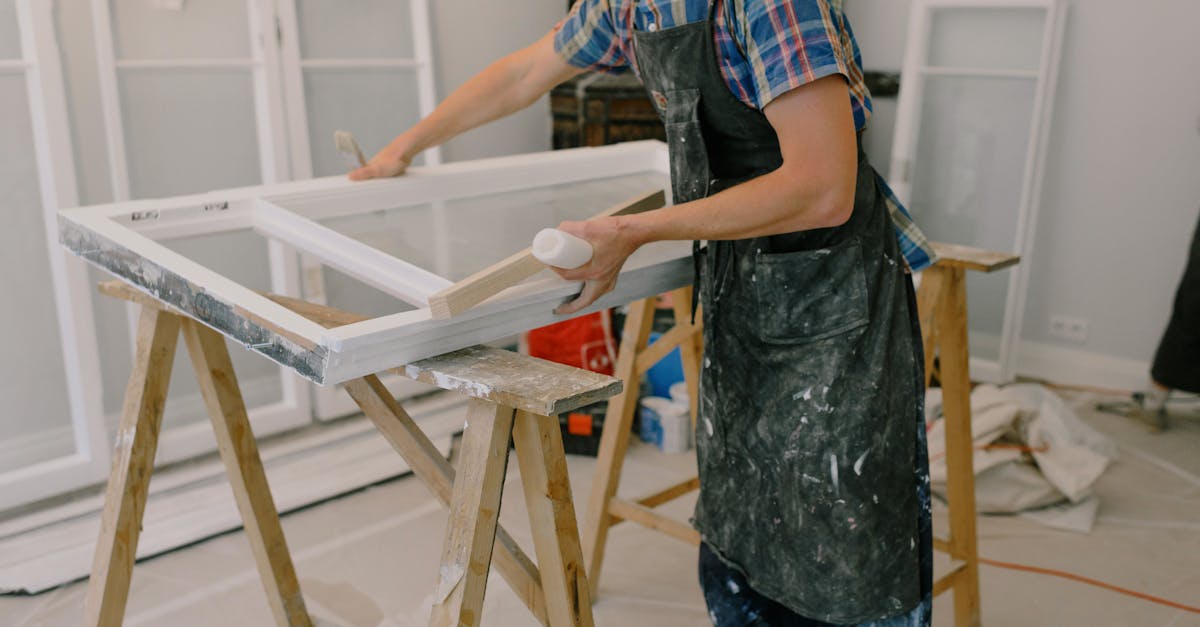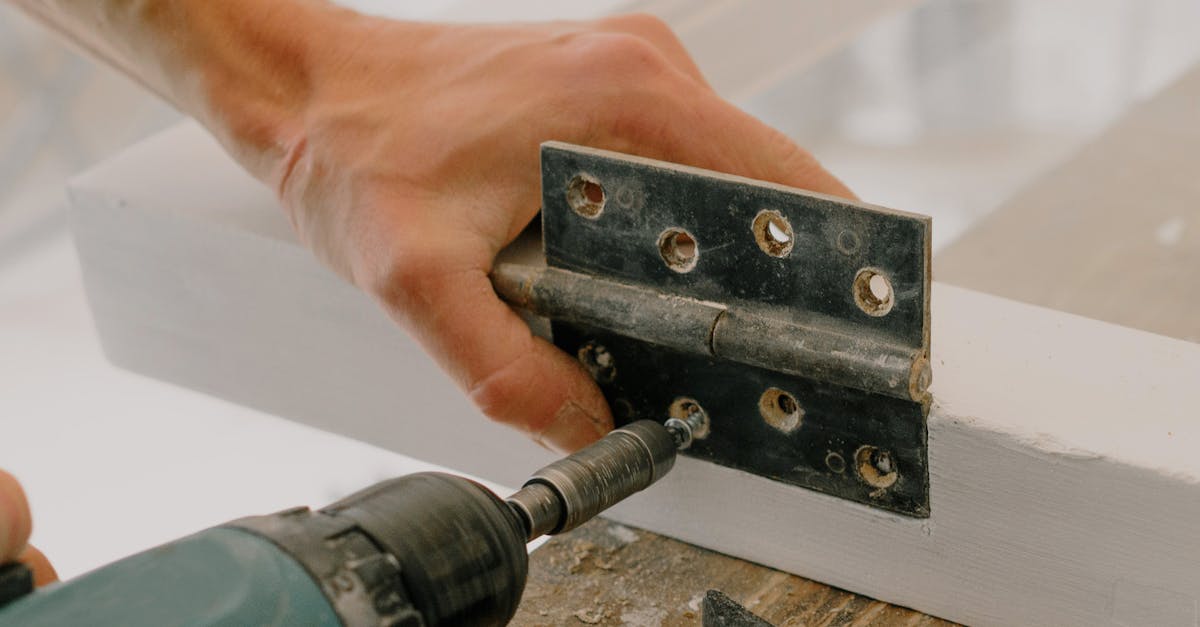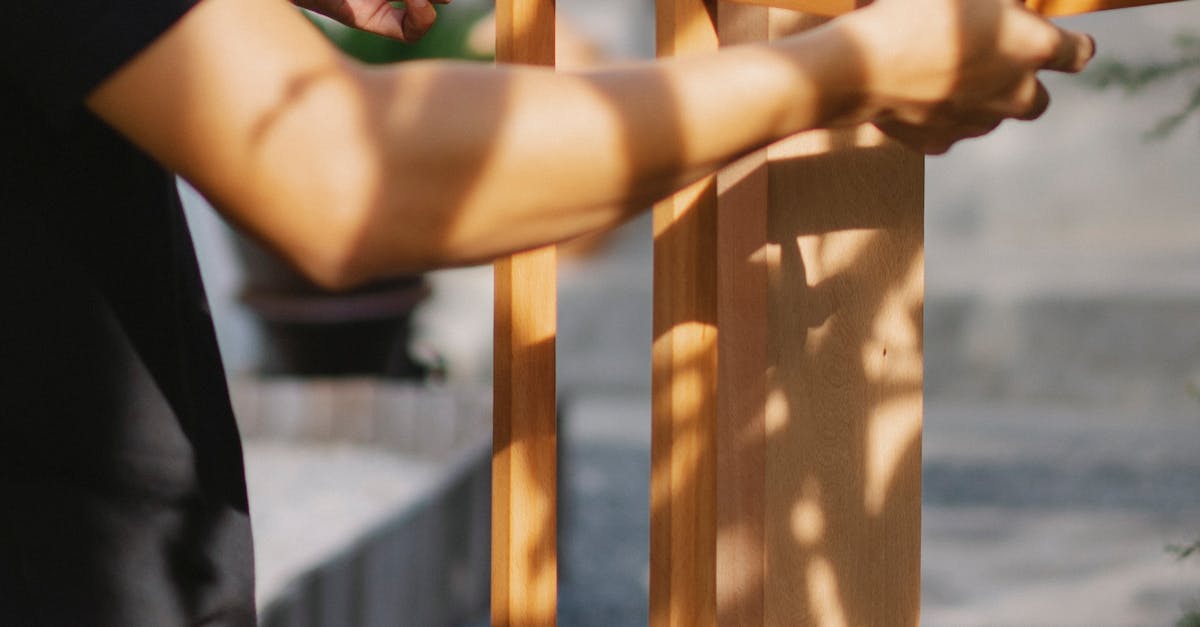
Table Of Contents
The Impact of Tree Roots
Tree roots are a common culprit in sewer pipe blockages, posing significant challenges for homeowners. These roots naturally seek moisture for survival, and sewer lines often present an easy target. When tree roots penetrate sewer pipes, they can cause extensive damage, leading to costly repairs and potential health risks. The presence of roots in sewer systems can block the flow of wastewater, resulting in overflows and leaks that not only disrupt household operations but can also affect the local environment.
Preventing root intrusion requires proactive measures during sewer line installation and repair processes. Homeowners should consider the placement of trees in relation to sewer lines, choosing varieties with non-invasive root systems. Regular inspections and maintenance are also essential to identify potential issues before they escalate. By being aware of the risks posed by trees near sewer lines, homeowners can take steps to safeguard their plumbing systems and avoid significant repair costs.
Preventive Measures for Root Intrusion
Preventive measures for root intrusion begin with proper planning during sewer line installation and repair. Homeowners should carefully consider the placement of trees and large shrubs near underground pipes. Choosing species with non-invasive root systems can significantly reduce the likelihood of roots encroaching on sewer lines. Regular inspections of the landscape can help identify potential risks early on, enabling proactive management.
Installation of root barriers is another effective strategy to prevent root intrusion. These barriers act as physical shields, directing roots away from sewer lines and minimising any potential damage. Homeowners can also implement routine maintenance, such as video inspections of sewer pipes, to monitor for signs of root growth or blockages. By adopting these measures, homeowners can safeguard their plumbing systems against costly repairs and ensure efficient sewage disposal.
Dealing with Sewer Emergencies
Sewer emergencies can arise unexpectedly, often causing significant disruption. When faced with a blockage or a sewage leak, it is crucial to act swiftly to mitigate damage. Homeowners should have access to a reliable plumbing service that can provide immediate assistance, as prompt response can prevent extensive repairs later on. Knowledge of the local sewer system is also beneficial, allowing residents to identify areas of concern quickly.
Sewer line installation and repair are fundamental aspects of maintaining a functional plumbing system. When unexpected issues occur, understanding the proper channels for dealing with these emergencies is vital. Residents should document the problem, including photographs and notes, which can aid in discussions with plumbing professionals. Additionally, knowing the location of sewer access points can expedite repair efforts.
Immediate Steps to Take
When faced with a sewer emergency, prompt action is crucial to minimise damage and prevent hazardous situations. The first step involves identifying the source of the issue. Homeowners should locate any visible leaks or backups, as this information can aid in addressing the problem more effectively. Keeping essential tools, such as a plunger or a drain snake, on hand may also assist in resolving minor blockages quickly.
Next, contacting a professional trained in sewer line installation and repair is vital. Professionals possess the equipment and expertise necessary to diagnose deeper issues that may not be immediately apparent. They can evaluate the situation, provide informed recommendations, and carry out any needed repairs safely. Early intervention can save both time and money by preventing further damage to the property.
Legal Responsibilities of Homeowners
Homeowners have specific legal responsibilities regarding the maintenance and care of the sewer pipes on their property. It is essential to understand that the sewer line installation and repair fall under their jurisdiction. If issues arise due to neglect or lack of timely maintenance, homeowners may be held liable for resulting damages. This includes not only the costs of repairs but also any potential impact on public health and the environment.
In many areas, local councils have regulations that outline the homeowner's obligations concerning sewer systems. Failure to comply with these regulations can lead to legal repercussions, such as fines or forced repairs. Being aware of these responsibilities ensures that homeowners can manage their sewer infrastructure effectively and avoid any complications that might arise from a lack of attention. Keeping records of any maintenance work done can serve as valuable evidence of responsibility and adherence to local laws.
Understanding Liability for Damage
Homeowners are generally responsible for the maintenance and repair of sewer pipes that run from their property to the main sewer line. This includes any issues arising within their property boundaries, including damage caused by tree roots or blockages resulting from improper disposal of waste. When problems occur, determining liability can be complicated, especially when neighbouring trees or other external factors are involved. It is essential for homeowners to understand the specifics of their local regulations and the responsibilities outlined in property deeds to avoid unexpected liabilities.
In some cases, liability for sewer line issues may extend beyond the homeowner. If the pipe damage stems from factors such as municipal tree roots or inadequate maintenance of the main sewer line, local authorities may bear some responsibility. Sewer line installation and repair may not be a straightforward process, and the onus is often on the homeowner to prove that the damages were not caused by negligence on their part. Seeking clarity on legal obligations and potential liabilities can help homeowners navigate these challenges effectively.
FAQS
Who is responsible for maintaining sewer pipes on my property?
Homeowners are generally responsible for maintaining the sewer pipes that run within their property boundaries. This includes any pipes connected to the main sewer line from their home to the street.
What should I do if I suspect tree roots are blocking my sewer pipes?
If you suspect tree roots are causing a blockage, it’s advisable to contact a licensed plumber who can assess the situation and recommend appropriate preventive measures or repairs.
What are the immediate steps I should take during a sewer emergency?
In a sewer emergency, you should stop using water fixtures immediately, avoid flushing toilets, and contact a plumber or emergency service to address the issue as quickly as possible.
Am I legally liable for sewer damages caused by tree roots from my property?
Yes, if tree roots from your property cause damage to the sewer pipes, you may be held legally responsible for the repairs, as homeowners are liable for the maintenance of sewer pipes on their land.
How can I prevent sewer pipe issues related to tree roots?
To prevent issues, consider planting trees at a safe distance from sewer lines, regularly inspecting your sewer system, and using root barriers or chemical treatments to deter root intrusion.
